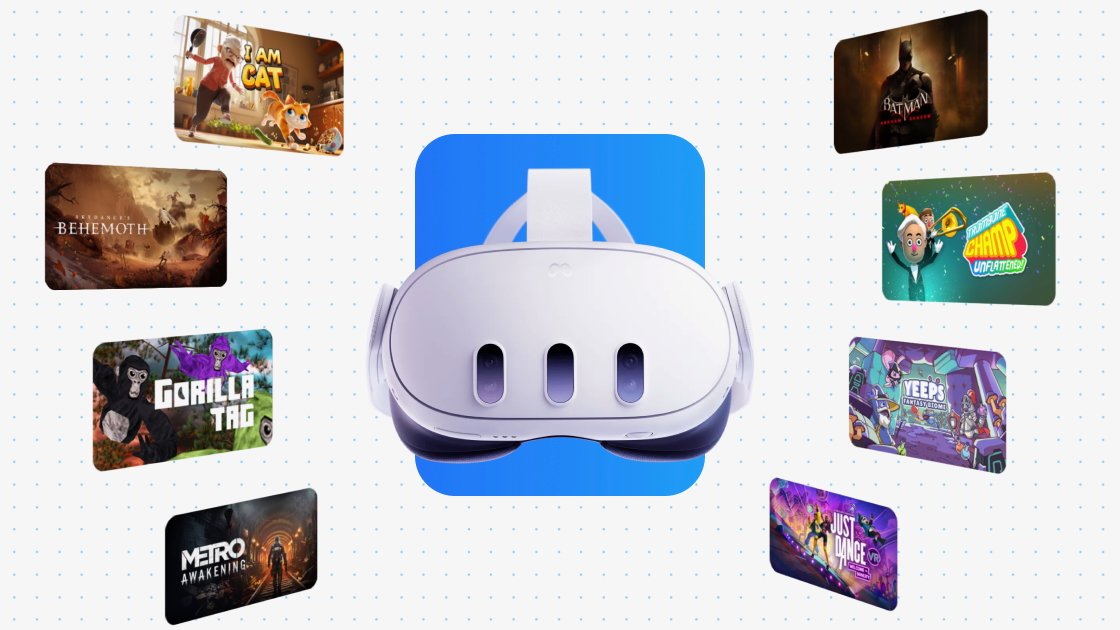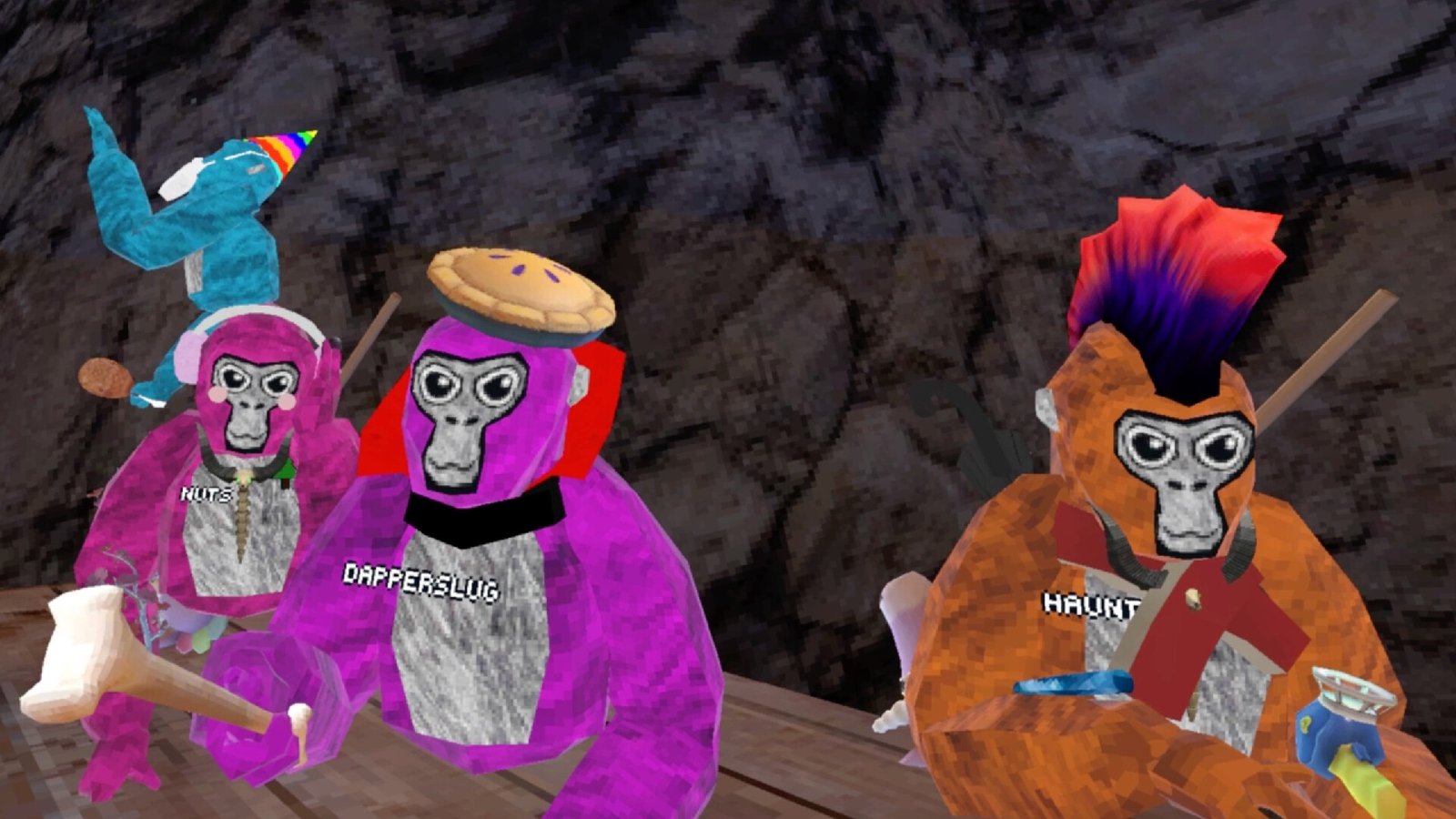The GDC 2025 show floor was noticeably quieter this year, with fewer VR developers in attendance. The Meta booth was bustling with indie devs hoping to partner with Oculus Publishing or secure some of the $50 million Horizon Worlds grant. However, many established publishers opted out of having a booth, reflecting the current “VR visibility crisis.”
XR industry veteran Jim Squires led a panel at GDC called “Solving VR Gaming’s Visibility Crisis: Strategies for Reaching Mainstream Audiences,” featuring the publishers of Moss and Ghosts of Tabor, a VR marketing CEO, and IGN’s executive editor.
The panel discussed the decline in revenue that VR developers are facing on platforms like the Quest Store. Meta’s Oculus Publishing head addressed this issue in a separate talk at GDC 2025, suggesting that Meta’s store changes had minimal impact on developer earnings.
The panel emphasized the challenges developers are facing due to dwindling financial support and marketing from VR platforms, forcing them to find their own ways to reach audiences.
Despite these obstacles, developers of top Quest games are not giving up. The panel explored new strategies to connect with VR gamers outside of traditional platforms like the Quest Store.
From Super Bowl ads to being ignored

Polyarc’s publishing director, Lincoln Davis, shared how Sony initially supported them with significant publicity for Moss, showcasing the appeal of VR to a wide audience.
Sony employed a comprehensive marketing strategy, showcasing Moss at various events and in different media platforms to reach hardcore gamers and casual non-gamers alike. Moss received exposure at E3, road shows, concerts, sporting events, and through major social media campaigns, with demo opportunities available to introduce people to the game and VR.
Additionally, Meta featured Moss in several Super Bowl ads, providing significant exposure and publicity in exchange for showcasing Quest headsets.
However, the focus on quantifying the return on investment led VR platforms to target specific audiences and neglect broader mainstream markets. Retailers like Gamestop and Best Buy began phasing out VR headsets for the general public, while Sony concentrated its marketing on a core gamer demographic and Meta emphasized self-owned experiences like Beat Saber and Supernatural.
IGN’s executive editor, Ryan McCaffrey, highlighted the challenges of promoting VR games to the core gaming audience, especially with original IP. Without established franchises like Batman: Arkham Shadow or Alien: Rogue Incursion, gaining traction in the gaming community can be difficult. Relying solely on gaming press for audience reach may not be effective.

Previously, prime Quest Store placement on launch was critical for VR developers to reach early customers and build momentum. Now, panelist Squires suggested that store placement is no longer the sole determinant of success. He asked Maeva Sponbergs, head of publishing and CMO at Beyond Frames, how they are approaching audience outreach without relying solely on the Quest Store.
Sponbergs likened VR’s current discoverability challenge to the obstacles faced on platforms like Steam, the iOS App Store, and Google Play. While the Quest 3 and Quest 3S offer viable opportunities for VR developers to generate revenue, the increased competition on the Quest Store makes it harder for individual games to stand out, regardless of quality.
As a result, Beyond Frames had to quickly shift focus and explore various marketing strategies, from utilizing platforms like Pinterest and Facebook for family-friendly games to engaging with Reddit and Discord communities for shooter games like Ghosts of Tabor.
Davis from Polyarc acknowledged the need for both core gamer outreach and unconventional marketing to sustain Moss’s profitability. They are collaborating with influencers to target younger audiences who may not rely on traditional media for game recommendations.
Additionally, they are tapping into book and wine clubs to introduce older audiences to gaming, leading to positive feedback and engagement for titles that may not stand out on traditional platforms.
A notable initiative highlighted in the panel was the “cross-studio collaboration” among Polyarc, Beyond Frames, and other VR developers, where they promoted each other’s games on social media and offered discounts to players who purchased one game from the group. This approach resulted in increased revenue and unit sales for all participants.
An uncertain future for VR games

Established VR developers are facing challenges with declining sales, but they have the advantage of brand recognition, previous profits, and relationships with major platforms that can help them navigate the changing landscape. Smaller VR studios without these resources may encounter more obstacles.
McCaffrey from IGN and marketing expert Stephanie Greenall suggested that a key strategy to increase awareness of VR games is to downplay the virtual aspect initially. Developers without a well-known IP need to find a unique angle that grabs attention and resonates with gamers to stand out in the crowded market.
As a result, we may see more indie developers leveraging platforms like TikTok, Twitch, and Instagram to target the growing teen audience on Quest headsets, collaborating with influencers and streamers to elevate their games’ visibility.
It remains to be seen if developers will join forces to support each other’s games in the face of the challenges in the VR industry. The absence of VR devs at GDC could indicate a shift towards a more competitive environment, where individual efforts may take precedence over collaborative initiatives.
